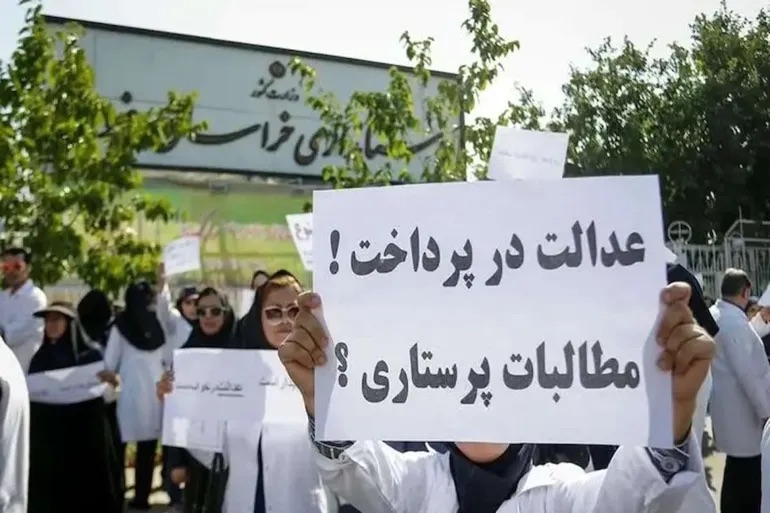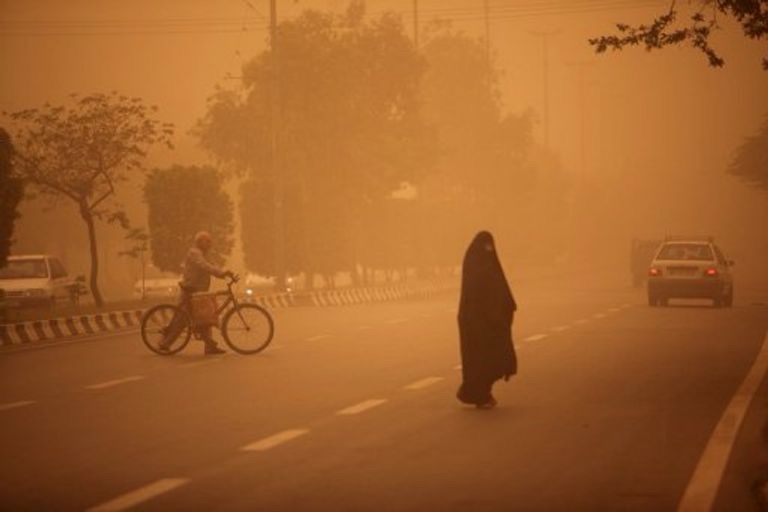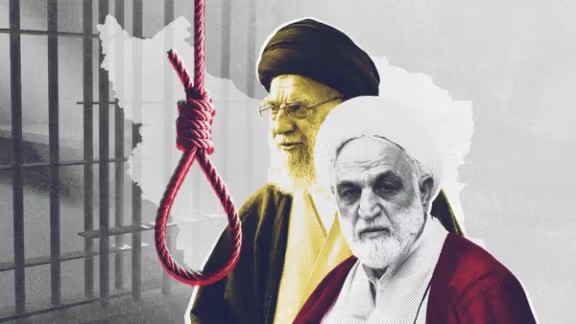
The Secretary-General of Iran’s Nursing Organization, Mohammad Sharifi Moghaddam, revealed that the country has had fewer than 1.5 nurses per 1,000 people in recent years—less than half the global standard set by the World Health Organization (WHO), which requires three nurses per 1,000 people.
In an interview with Iran’s ILNA news agency on Saturday, February 22, Sharifi Moghaddam warned that WHO has cautioned against nurse-to-population ratios below three per 1,000, as this could lead to increased patient mortality rates. He emphasized that even if nurses put in their maximum effort, they are unable to meet the minimum global standards for nursing care.
Sharifi Moghaddam also highlighted the increasing trend of nurses emigrating or switching careers due to widespread dissatisfaction. He attributed this to “the nursing community’s despair over the lack of reforms in human resource management, the outdated health service tariff system, and poor living conditions.”
Critical Nursing Shortage Forces Hospital Closures
Previously, on January 29, Ahmad Nejatian, the head of Iran’s Nursing Organization, had warned of a “critical” crisis due to the nursing shortage, stating that some hospital wards had been shut down as a result. Nejatian noted that Iran is facing a serious challenge in both recruiting and retaining nurses.
Nurses Forced to Sleep in Cars
Sharifi Moghaddam further revealed that some nurses, especially those who have moved from small towns to Tehran, are unable to afford housing. As a result, they work multiple shifts and sleep in their cars during breaks because they cannot afford rent. Some even use hospital restrooms for bathing and live in “near-disastrous conditions.” He urged authorities to prioritize improving nurses’ welfare and revising service tariffs without delay.
Escalating Protests by Nurses
According to a report by ILNA, 2024 has witnessed the highest number of nursing protests, with over 50 demonstrations recorded across Iran by the end of January. Nurses and medical staff have organized numerous protests, sit-ins, and strikes in recent years due to unmet demands.
Between August 6 and the end of September, nurses held protests for over a month in nearly 50 cities and 70 hospitals across Iran.
A report published by the International Labor Federation on January 18 stated that “protest movements in Iran” recorded at least 2,396 demonstrations and 169 strikes across various sectors in 2024 alone.





